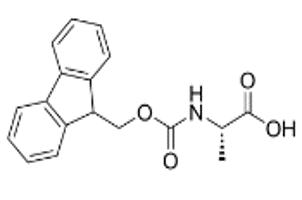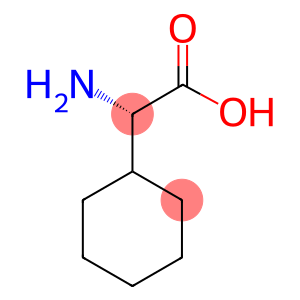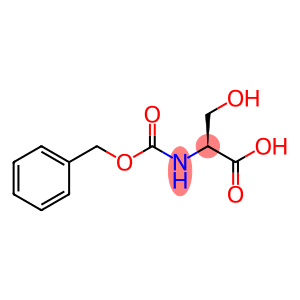2-Hydroxy-3-nitrobenzaldehyde(CAS# 5274-70-4)
| Risk Codes | R36/37/38 – Irritating to eyes, respiratory system and skin. R22 – Harmful if swallowed R20/21/22 – Harmful by inhalation, in contact with skin and if swallowed. |
| Safety Description | S26 – In case of contact with eyes, rinse immediately with plenty of water and seek medical advice. S36 – Wear suitable protective clothing. S36/37/39 – Wear suitable protective clothing, gloves and eye/face protection. |
| WGK Germany | 3 |
| TSCA | Yes |
| HS Code | 29130000 |
Introduction
2-Hydroxy-3-nitrobenzaldehyde is an organic compound also known as 3-nitro-2-hydroxybenzaldehyde. The following is an introduction to its nature, use, preparation method and safety information:
Quality:
- Appearance: A yellow crystalline solid.
Use:
- It can be used as a starting material for the synthesis of other organic compounds, such as synthetic antibiotics and dyes.
Method:
- The preparation of 2-hydroxy-3-nitrobenzaldehyde can be obtained by nitrification of parabentaldehyde.
- Usually in the presence of nitrifying agent, benzaldehyde is slowly mixed with nitric acid, and the product obtained after the reaction is 2-hydroxy-3-nitrobenzaldehyde.
- The synthesis process needs to be performed under appropriate experimental conditions to ensure safety and high yields.
Safety Information:
- 2-Hydroxy-3-nitrobenzaldehyde is a toxic substance that is flammable.
- Follow chemical laboratory safety practices and wear appropriate protective gloves, glasses, and lab coats during operation.
- Avoid contact with skin, eyes, and clothing, and take care to prevent inhalation of their powders or gases.







